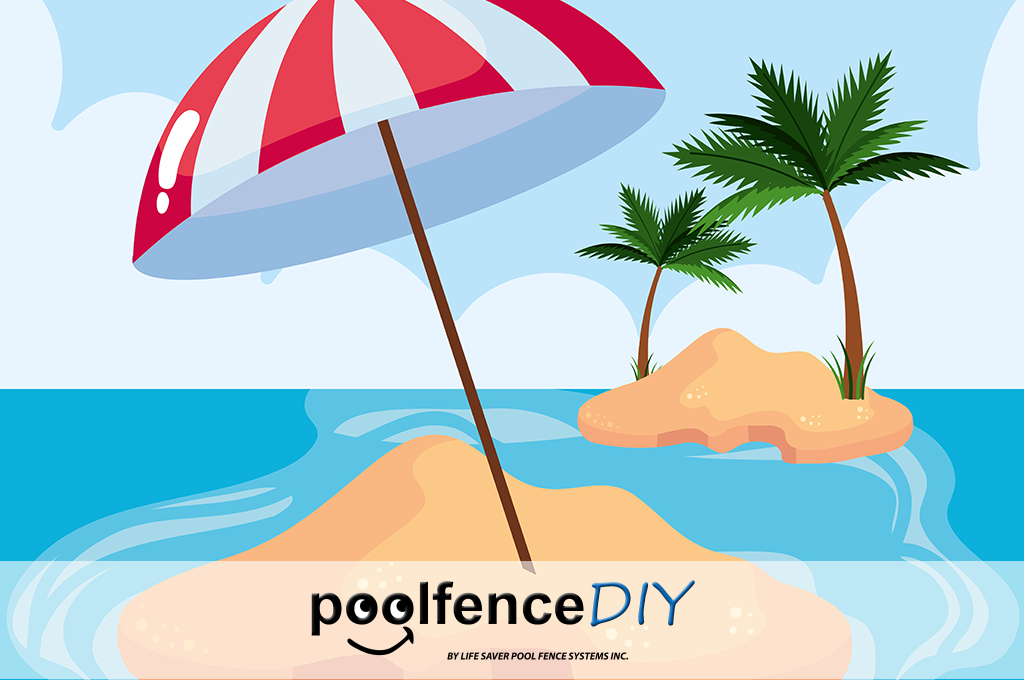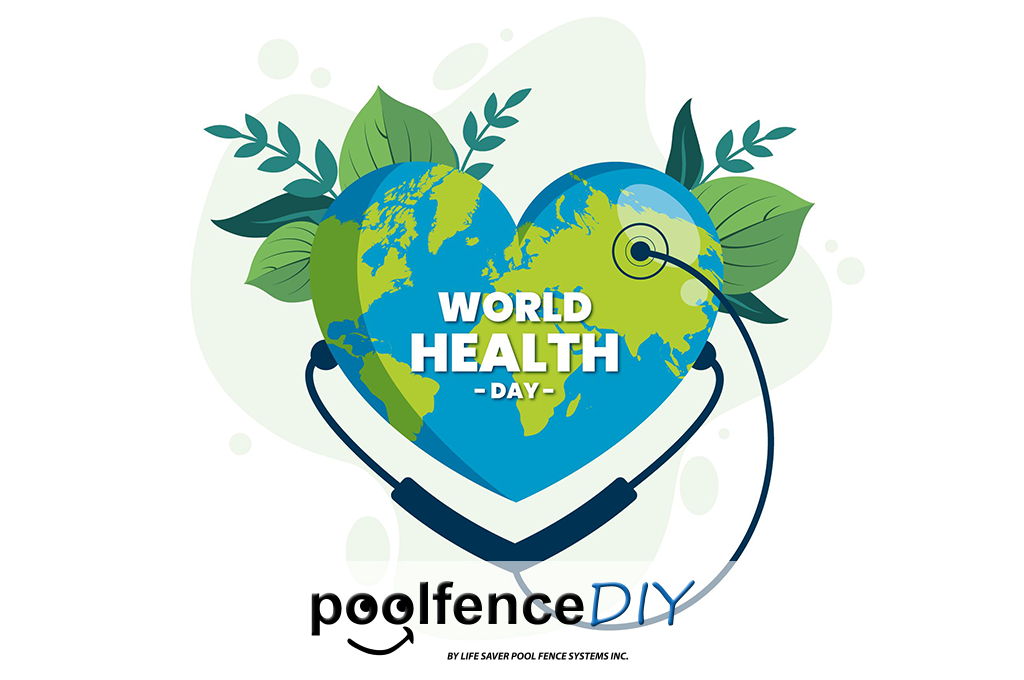We talk about drowning danger a lot on this blog. Drowning poses a threat to us all, but none so much as children under the age of four. According to the
Centers for Disease Control and Prevention (CDC), children in this age range have the highest drowning risk. Barring birth defects, drowning is the leading cause of injury and death in children aged four and under. Today, let’s explore drowning prevention in toddlers.
Focusing on Drowning Prevention for Toddlers
Now, our readers know that we believe water safety is critical for people of all ages. However, due to the increased risk they face, let’s focus on drowning prevention for toddlers. After all, a person can drown in as little as two inches of water. That’s far less than most people expect. As long as the water can block the nose and mouth, it’s possible for a child to drown. This means that something as seemingly harmless as a
kiddie pool can be a source of terrible danger.
According to a 2015
CPSC report, children who are one-to-three years old (12 months through 47 months) represented 65 percent of the reported fatalities and 64 percent of reported injuries in pools and spas. To boot, portable pools accounted for 10 percent of the total fatalities.
Drowning is Quiet
One of the biggest problems with drowning is that we’ve been lulled into a false sense of security by dramatic entertainment. Movies and TV often show drowning as a loud event, full of thrashing and screaming. Surely someone would notice a situation like that, right? In truth, drowning is often silent. The person in peril cannot keep above the water, and then slips silently under the water. This can happen in mere moments. For this reason, a responsible adult should always be watching children near the water.
Active Supervision is Crucial to Prevent Drowning in Young Children
Keeping that in mind, it’s time to talk about active supervision.
According to the CPSC, most drowning incidents involving kids who are four years and younger happen when no one was expecting them to be in the water in the first place. This is often especially true in Arizona, California and Florida, since these states tend to have active swimming pools all year long.
The CPSC found that nearly 70 percent of children were not expected to be at or in the pool, yet they were found in the water. In fact, 46 percent of those children were last seen in the house. This brings up another point we’ve explored in the past: if your child is missing, check the pool first. It could save their life.
When a parent or guardian knows that a child will be in the water, active supervision will be the best step to ensure drowning prevention for toddlers. Whenever a child is swimming or bathing, they require an adult’s focused attention. This means the adult must fully commit to watching the little ones without any phones, books, or other distractions.
Bath Time Safety
Staying within arm’s reach is especially important when it comes to drowning prevention for toddlers. Beyond the pool, the bathtub can be just as dangerous. As we mentioned, drowning is quick! A moment’s lapse in attention can lead to disaster. Believe it or not, most child drownings inside the home occur in bathtubs. A young child should never be left unattended while in the tub.
Use a Proper Life Jacket
Next, if a child is going to be on a boat or any other body of water, consider a
life jacket. Swimmies and floaties just won’t do. Instead, make sure to choose a proper U.S. Coast Guard approved floatation device. These will be rigorously inspected and adhere to certain safety standards, making them much safer than any other alternatives. This is true for adults as well for keeping drowning prevention for toddlers in mind.
CPR Saves Lives
Finally, being
CPR certified can help to avert a potential drowning tragedy. Being able to properly respond quickly and efficiently with this life saving skill can save a drowning person’s life. Just be sure to renew your certification if it has lapsed. There may be improved techniques to learn, which can help keep everyone safe.





